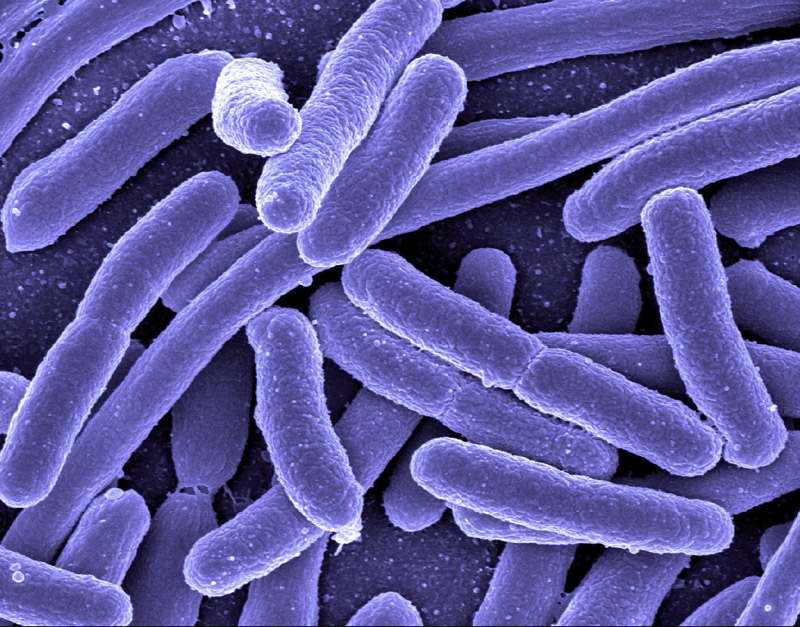
Bacterial Introduction
The human microbiome is pretty much the coolest discovery of the 21st century. It has been an amazing era for me, as a scientist, but also a student of functional and naturopathic medicine to finally see the science identifying the interactions between our immune system and the trillions of bacteria and yeast that make up our microbiome. The human microbiome project, launched in 2008, has set the stage for a whole new paradigm of medical knowledge. But when I started practising medicine in 2005 as a resident, I was already deep into the study of our interactions with the microbiata. Its been only 10 years and there are literally 100’s of scientific papers each month that reference the microbiome and the infinite affects our microflora can have on our health.
The microbiota of the intestine makes up about 2% of our actual weight, 60% of the weight of our stool and is thought to consist of roughly 90 trillion cells. Although small by weight and size, the microbiata dwarfs the number of cells that make up the human body by a ratio of 10 to 1!
The vast majority of bacteria that make up our microbiology are “healthy” bacteria but it has clearly been shown that even healthy bacteria in the wrong people, with imbalances in their immune function can result in disease. Certain bacterial populations have a higher association with specific diseases however and I would like to consider as much of the microbiome in this discussion as possible to help people better understand the delicate balance that these bacteria and the terrain in which they live require to maintain our health but also how bacterial populations out of balance can lead to disease.
The largest 2 “clans” (phylum) of bacteria in the human intestine are by far the firmicutes and the bacteriodes. The firmicutes clan are mostly vegetarians, enjoying a diet of high fiber foods, but also starchy carbohydrates. This large phylum’s name translates to “strong” from latin but when this group overgrows there is associated health consequences of insulin resistance and obesity, to name a few. But the implications of this finding alone could have profound health effects including diabetes, cancer and heart disease.
Some of the bacteria in the Firmicutes phylum include the large clostridium genus. Certain Clostridia bacteria can have a major impact on mental health when found to be overgrowing in the small intestine. Specifically, clostridium bacteria can produce compounds like creosol or 3-(3-hydroxyphenyl)-3-hydroxypropionic acid (HPHPA), which can impair our bodies conversion of dopamine to adrenaline and has been associated with worsening anxiety, schizophrenia and autism. Lactobacilli are also a part of the firmicutes group and have been shown to have many positive health effects but correlate to obesity when in abundance. The Firmicutes phylum also contains both streptococcus and staphlococcus species. Although staph species are unlikely to contribute to SIBO as they are primarily aerobic and require oxygen to grow. This is why many staph species are associated with skin infections, or infections where oxygen is available.
The Bacteriodes clan tend to thrive in more carnivorous people, eating higher amounts of animal fats and protein, as some species are quite bile resistant and can putrify (rot) protein in the gut. Many bacteroides species have urease enzymes which can break down urea from protein metabolism . The urea is broken down into ammonia which can lead to a lot of health related issues, impacting our congnitive function, muscles and kidneys as well as creates a risk of colon cancer and breast cancer. Other species in the bacteroides phylum, such as Prevotela, primarily eat carbohydrates. The overgrowth of Prevotela has been associated with the autoimmune disease rheumatoid arthritis. The general body type of people dominant in the Bacteriodes phylum is typically leaner.
The Actinobacteria phylum contains the “healthy” probiotic species of bifidobacterium. Bifodobacteria are critical to health of the large intestine and help to keep the mucosal lining of the intestine healthy by their metabolism of carbohydrates. Bifidobacteria are though to be higher in breast feed infants and an important part of the early large intestinal ecology. These species are also unlikely to cause SIBO however there importance in a healthy microbiome should not go unmentioned.
Proteobacteria are predominated by the species Escherichia coli (or E. coli for short). Although E. coli generally has a bad reputation for its associations with urinary tract infections and food poisoning, friendly forms of these bacteria are also critical to healthy gut ecology. It is important to nurture or E coli populations as damaging the good species of E Coli can actually allow higher risk of unhealthy E. coli species to grow. Inevitably E coli do need to be kept in check though as even the “healthy” species of E coli are a common contributor to SIBO.
Methane forming bacteria are predominately part of the Euryarchaeota Phylum. Methanobrevibacter species live in the intestines of humans and thrive on hydrogen production from other specifies of bacteria. Methanogens are a major contributor to SIBO accounting for 8 to 27% and are decidable in greater than 90% of people battling constipation. Methane gas is thought to act on the enteric nervous system by slowing down peristalsis, which allows this species to flourish and results in the symptoms of constipation. Thought to account for approximately 10% of the human colon microflora, recently M. smithii was found to account for 20% of all microbes in the doudenum of a “normal” small intestinal growth
You must be logged in to post a comment.